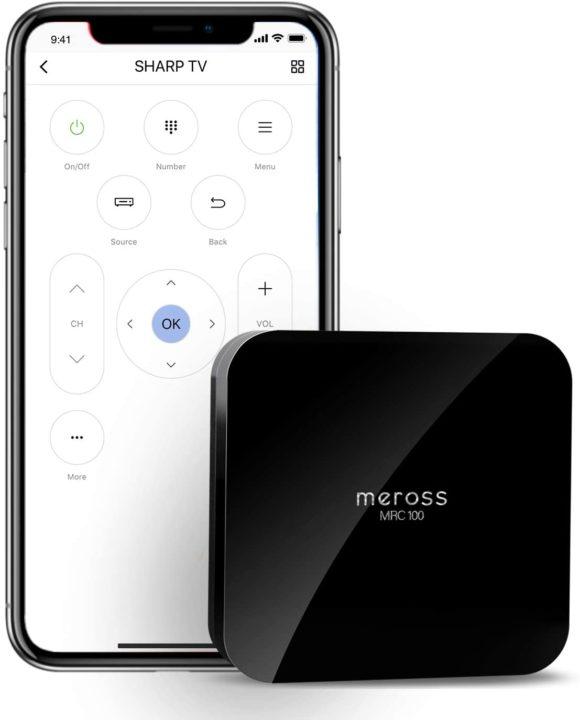How to realize high-efficiency standby required for smart home appliances
The NCP1067x operates in fixed frequency mode, but when the load drops, it automatically goes into standby mode for power reduction and uses skip-cycle operation. The device uses a self-supply design that does not require an auxiliary winding on the transformer, but if an auxiliary winding is available, it is used to enable auto-recovery overvoltage protection. can do. Auto-recovery from output short-circuit protection is also implemented with time-based detection.
Furthermore, it incorporates a 700V power MOSFET with a low RDS(on) of 12Ω thanks to its own Very High Voltage technology. An open frame configuration connected to 230V AC provides a power supply capable of delivering 15.5W. Additionally, for EMI improvement, frequency jittering is employed that introduces ±6% variation in the nominal switching frequency. The swept sawtooth wave used to add jitter is generated inside the device. Non-isolated designs use a feedback pin to apply a portion of the output voltage to an internal transconductance amplifier.
Increased Demand for Higher Breakdown Voltage
Another important trend in auxiliary power design is the demand for higher breakdown voltage BVDS of power MOSFETs . In general, this is related to the physical dimensions of the transistor, so a higher breakdown voltage requires a larger transistor. However, this solution is often too large and expensive for most target applications.

The majority of SMPS switchers that integrate MOSFETs use planar technology. This results in a device with a BVDS of 700V to meet market constraints on size and cost. However, a higher BVDS provides more protection against power surges and voltage spikes, resulting in a more robust end product. For these reasons, there is a growing momentum to provide switchers with higher BVDS that enable low-cost, low-end BoM solutions.
In response, ON Semiconductor has developed a switcher module that integrates power MOSFETs using SMPS controllers and Super Junction technology SUPERFET 2. With this technology, it is possible to create a module that can be mounted in a plastic dual-in-line package while achieving a BVDS of 800V. This product family is positioned as the first product to offer manufacturers a practical solution to improve product performance while meeting the commercial demands of the market.
The FSL5x8 family of current-mode switches comes in a PDIP-7 package and consists of a PWM controller and a SUPERFET 2 power MOSFET. Achieving an 800V breakdown voltage normally requires the use of discrete MOSFETs separate from the controller, but SUPERFET 2 technology makes it possible to integrate both devices in one small package. .
This addresses the upper limit of about 40W for low-power offline auxiliary power designs, as well as making a single device suitable for both isolated (Figure 3) and non-isolated (Figure 4) flyback designs. You can now use it.
Both the NCP1067x and FSL5x8 add a transconductance amplifier that acts as a comparator, facilitating the development of non-isolated flyback power supplies, optimizing available board area and BoM can be minimized.
The ultimate goal is to reduce standby current
Although all non-isolated power supply designs are limited in the amount of power they can deliver, the development It shows that it is possible to design a switcher targeting the lower and upper limits of the power offline power supply unit application field. Non-isolated flyback converters are also generally more efficient than isolated ones, reducing operating costs.
The primary purpose of using an auxiliary offline power supply unit is to reduce the standby current consumed by the end product. Choosing an application-optimized high-density device can achieve this with a smaller board area and minimal BoM cost.




![[EV's simple question ③] What is good for KWH, which represents the performance of the battery?What is the difference from AH?-WEB motor magazine](https://website-google-hk.oss-cn-hongkong.aliyuncs.com/drawing/article_results_9/2022/3/9/b2506c4670f9f2cb45ffa076613c6b7d_0.jpeg)
![[How cool is the 10,000 yen range?] 1st: The performance of the "robot vacuum cleaner with water wiping function (19800 yen)" like Rumba is ...](https://website-google-hk.oss-cn-hongkong.aliyuncs.com/drawing/article_results_9/2022/3/25/5251bb14105c2bfd254c68a1386b7047_0.jpeg)

